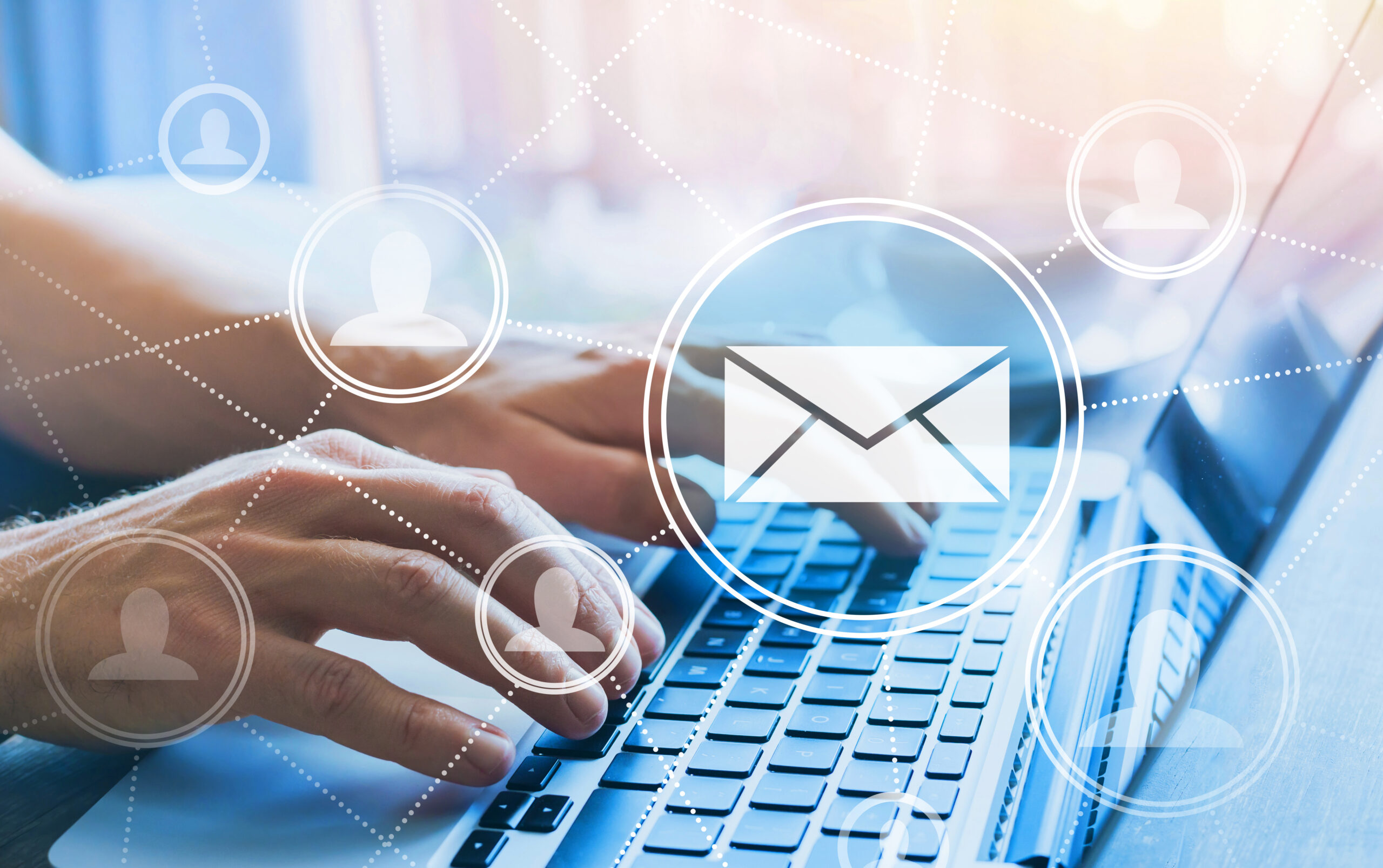Email WarmUp to Boost Deliverability and Reputation
Email warm-up is a crucial process that plays a significant role in improving email deliverability. By gradually introducing a new email account to the digital world, warm-up helps build reputation and establish a positive engagement history. In this article, we will explore the importance of email warm-up and its impact on successful email campaigns.
Why is Email Warm-up Important?
When you create a new email account, it starts with a clean slate and lacks any reputation. Email service providers (ESPs) closely monitor incoming emails to prevent spam and ensure a positive user experience. Without a warm-up process, sending a high volume of emails from a new account can trigger spam filters, resulting in poor deliverability rates.
Email warm-up is essential because it allows you to gradually build trust with email service providers. By starting with a low volume of emails and gradually increasing over time, you demonstrate that your emails are legitimate and not spam. This process improves your chances of landing in the inbox instead of the dreaded spam folder.
Manual vs. Automated Warm-up
There are two main approaches to email warm-up: manual and automated.
- Manual Warm-up: This method requires you to manually send a small number of emails each day, gradually increasing the volume over a specified period. The goal is to engage with recipients, encourage positive interactions, and establish a reputable sending history.
- Automated Warm-up: Dedicated tools such as Reply.io can automate the warm-up process, making it more efficient and less time-consuming. These tools simulate human-like behavior by gradually scaling up the volume, maintaining engagement, and adjusting sending patterns based on recipient responses.
The Importance of Engagement and Reputation
During the warm-up process, engagement is a crucial factor in building a positive reputation. Email service providers monitor how recipients interact with your emails, including open rates, click-through rates, and replies. Higher engagement indicates that your emails are relevant and valuable to recipients, leading to improved deliverability.
Positive reputation is another vital aspect of email warm-up. By consistently sending high-quality emails, you build trust with ESPs, which increases the likelihood of your emails reaching the intended recipients’ inbox. It’s crucial to avoid spammy practices, such as purchasing email lists or sending irrelevant content, as these can harm your reputation and hinder your warm-up progress.
Time and Risks of Skipping Warm-up
Email warm-up is not an overnight process; it requires patience and persistence. The time it takes to fully warm up an email account depends on various factors such as the email volume, engagement, and recipient responses. It can range from a few days to several weeks.
Skipping the warm-up process can have severe consequences. ESPs may flag your emails as suspicious or spam, resulting in poor deliverability rates. Additionally, your IP address or domain reputation may be negatively affected, making it even more challenging to land in the inbox in the future.
In conclusion, email warm-up is a crucial step in ensuring successful email campaigns. By gradually introducing your new email account to ESPs, building engagement, and maintaining a positive reputation, you significantly improve your chances of delivering your messages to the intended recipients’ inbox. Remember, take the time to warm up your email account properly, and reap the benefits of improved deliverability.

